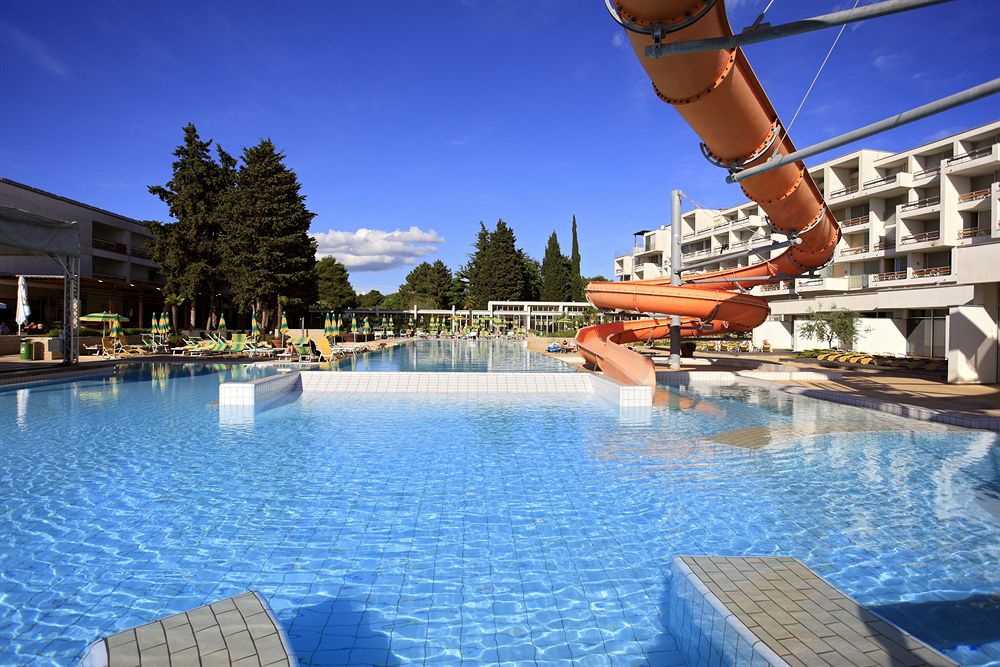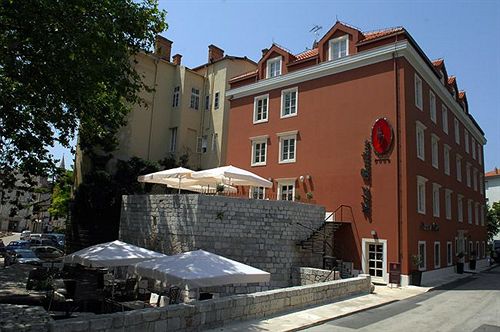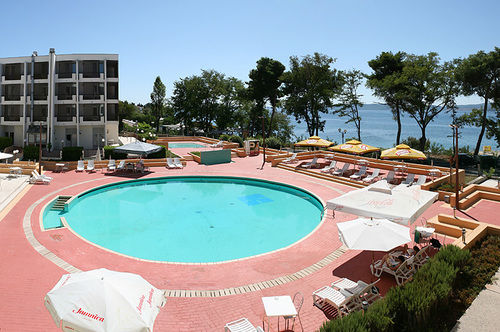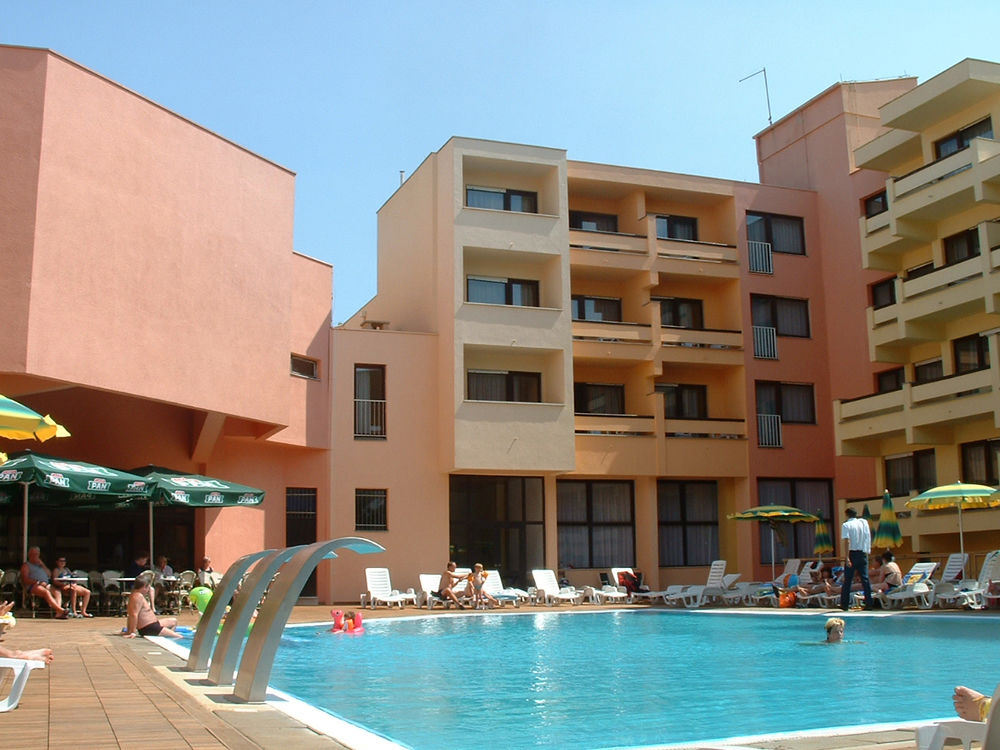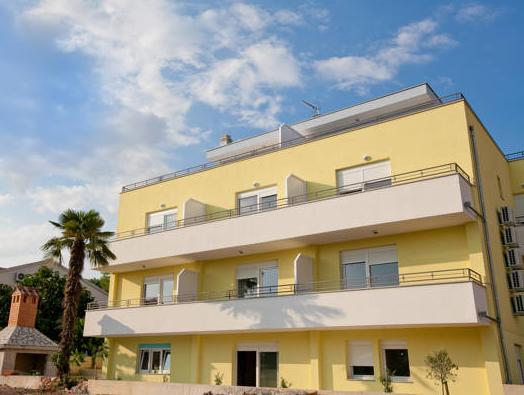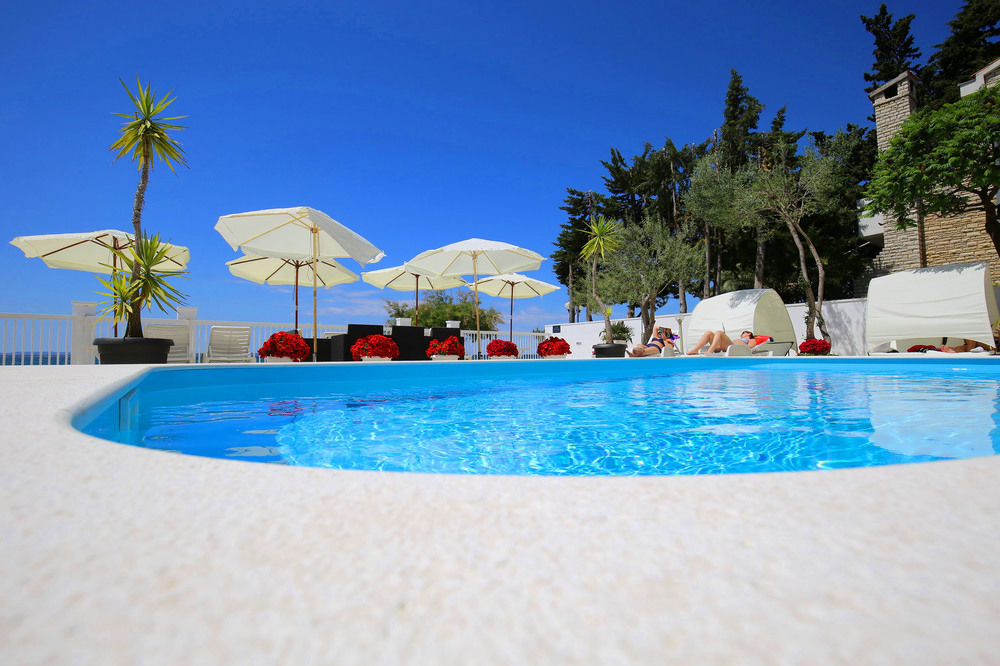
ザダルホテル検索結果
AIが見つけた軒のホテルの最安値をご覧ください。
ベストホテル
最安値のホテル
ホテル等級
AIおすすめ
ザダルベストホテル
ザダル 最低価格のホテル
最高評価のホテル
ザダルにある5つ星ホテル
ザダルにある4つ星ホテル
ザダルにある3つ星ホテル
AIがおすすめする世界の旅行先
ザダル近くのホテル情報
ザダル 旅行に欠かせない情報
“The City of beautiful evenings”
Zadar (Croatian: [zâdar] ( listen); see other names) is the oldest continuously inhabited Croatian city. It is situated on the Adriatic Sea, at the northwestern part of Ravni Kotari region. Zadar serves as the seat of Zadar County and the wider northern Dalmatian region. The city proper covers 25 km2 (9.7 sq mi) with a population of 75,082 in 2011, making it the second largest city of the region of Dalmatia and the fifth-largest city in the nation.
The area of present-day Zadar traces its earliest evidence of human life from the late Stone Age, while numerous settlements have been dated as early as the Neolithic. Before the Illyrians, the area was inhabited by an ancient Mediterranean people of a pre-Indo-European culture. Zadar traces its origin to its 9th-century BC founding as a settlement of the Illyrian tribe of Liburnians known as Iader.
In 59 BC it was renamed Iadera when it became a Roman municipium, and in 48 BC, a Roman colonia. It was during the Roman rule that Zadar acquired the characteristics of a traditional Ancient Roman city with a regular road network, a public square (forum), and an elevated capitolium with a temple.
After the fall of the Western Roman Empire in 476 and the destruction of Salona by the Avars and Croats in 614, Zadar became the capital of the Byzantine theme of Dalmatia. In the beginning of the 9th century, Zadar came under short Frankish rule, and was returned to the Byzantines by the Pax Nicephori in 812. The first Croatian rulers gained control over the city in 10th century.
In 1202, Zadar was conquered and burned by the Republic of Venice, which was helped by the Crusaders. Croats again regained control over the city in 1358, when it was given to the Croatian-Hungarian king Louis I. In 1409, king Ladislaus I sold Zadar to the Venetians. When the Turks conquered the Zadar hinterland at the beginning of the 16th century, the town became an important stronghold, ensuring Venetian trade in the Adriatic, the administrative center of
 時間 UTC+02
時間 UTC+02 通貨 HRK
通貨 HRK 言語 Croatian
言語 CroatianStaypiaだけの特別な特典
リアルタイムホテル最安値比較
AIが見つけたin ザダルの軒のホテルのリアルタイム最安値を簡単に比較検索できます。
316万軒のホテルを最安値で予約
最低価格に最大31%追加メンバーシップ割引でさらにお得にご予約いただけます。
自分だけの
AIがリアルタイムで更新するザダル旅行情報で便利に旅行を準備しましょう。
よくある質問
一般的なホテルの場合、客室予約はキャンセル締切日前まで無料返金が可能です。キャンセル締切日以降は手数料が発生する場合がありますので、ホテルバウチャーまたはメニュー>マイ予約でキャンセル締切日をご確認ください。
ステピアでは、AIが収集した316万件のホテルの最安値はもちろん、会員限定の追加割引価格で人気ホテルを予約することができます。
